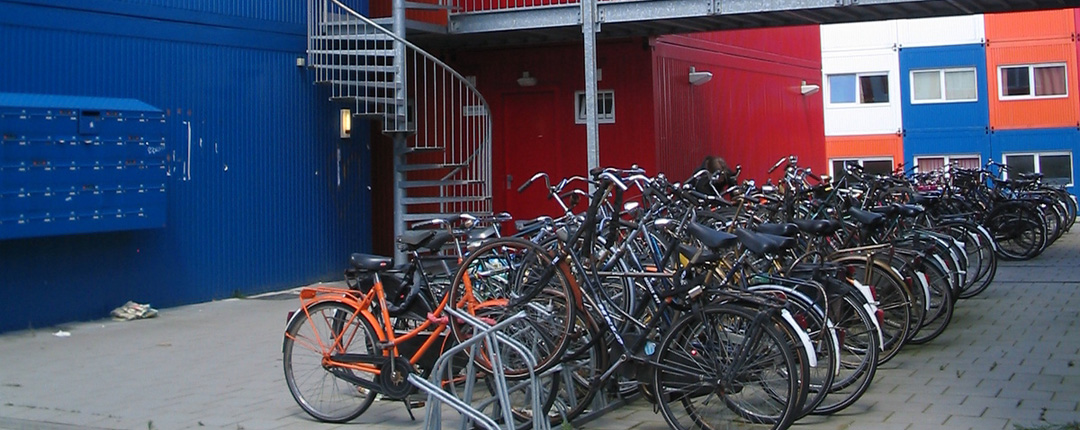
Green building is in the middle of a revolution. For more than 20 years, green building has been based on prescriptive “best practice” requirements, documentation and third-party review. This powered market transformation around the world. But today, we are witnessing a shift toward operational performance as one of the primary motives for pursuing green building certification. Today’s developers and owners don’t just want to achieve certification—they want to know how their buildings and assets are performing after they are constructed and occupied. This shift means that we will increasingly define “green buildings” based on operational performance and use real world performance metrics as the documentation for certification.
Arc provides the tool to help measure this performance
Arc helps accelerate and power this transformation. Arc uses real world data to power market transformation and provides tools to aggregate, analyze and score energy, water, waste, transportation and human experience.
LEED v4.1 O+M represents an important milestone in this transformation with more than 40 percent of points for new certifications powered by Arc and the availability of a new performance-based recertification pathway. This is a win-win situation. A performance-based approach increases confidence in real world outcomes and streamlines certification, and enables projects to quantify the impact they are making.
Arc can do more than provide a streamlined and faster, easier certification process.. New performance data can help answer common questions about green buildings, such as, “What is the relationship between LEED certification level and transportation GHG emissions?”
We can use Arc to look at data for occupant transportation—more specifically, commuting. In this case, the data comes from more than 250,000 responses to the Arc transportation survey collected to date. This simple instrument asks occupants to provide information about commuting behaviors, including typical routes, commute distance and travel mode. Arc uses this information to calculate annual transportation-related GHG emissions.

Arc data from October 2018 shows that the average LEED-certified project tracked by Arc had a transportation emissions intensity of 3.0 metric tonnes CO2 equivalent per year. We can compare LEED Certified buildings to their LEED Silver, LEED Gold or LEED Platinum peers and find that the average LEED Platinum project had a transportation emissions intensity of 1.7 metric tonnes of CO2e per year—43% lower. This reflects the fact that occupants of LEED Platinum buildings, on average, have shorter commutes using lower emitting modes of transportation (e.g., walking, bicycling, transit).
| LEED Certification Level | Transportation Emissions metric tonnes CO2 equivalent per person per year |
Change from Certified % |
|---|---|---|
| Certified | 3.0/td> | 0% |
| Silver | 2.8 | -7% |
| Gold | 2.3 | -23% |
| Platinum | 1.7 | -43% |
You can learn more about travel behavior and LEED buildings in this whitepaper co-authored with Streetlight Data.
